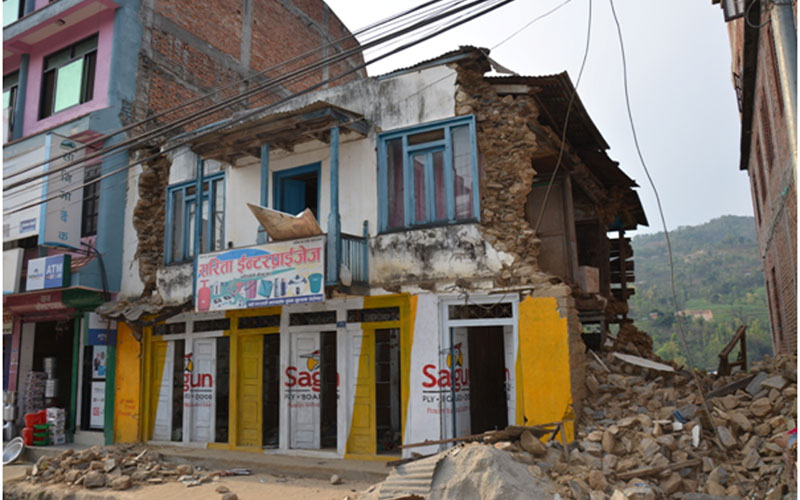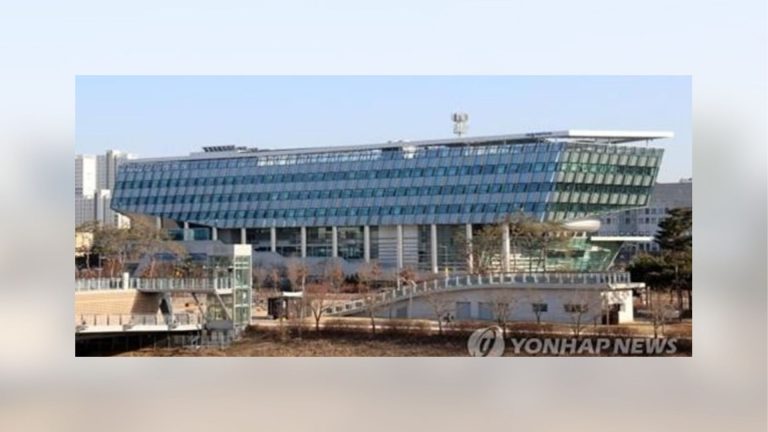Facing earthquake in April 2015, Nepal has appreciated the use of technology to share information on the location of displaced people and enable the delivery of support to those affected.
The initiative was a collaboration of Flowminder, an international non-profit organisation, and Ncell, a privately-owned mobile network operator in Nepal, with the support of Rockefeller Foundation, that was started in December 2014. The initial goal of this collaboration was to respond to the fact that Nepal has been one of the highest-risk countries in terms of earthquake. Thus, the collaboration was aimed to support long-term development objectives in Nepal by providing necessary information. The rapid response capacity was set up one week before the earthquake 2015 occurred.
When the destructive earthquake struck Nepal on 25 April 2015, this pre-earthquake, yet unfinished, preparation still enabled the Flowminder and Ncell team to start analysing the mobile operator data, showing static population density maps including gender and age distributions. Despite the incomplete preparation, the team managed to produce comprehensive analyses of population displacement in less than two weeks after the earthquake. This report gave information on the estimated number of people affected. This population data, combined with the Ncell anonymised data from 12 million mobile phones in Nepal, enabled the quantity measurement of the impact of the earthquake on population movements. The United Nations Office for the Coordination of Humanitarian Affairs (UN OCHA) and other relief organisations used the population data to distribute their support.
Considering the system’s effectiveness, Flowminder continues the effort on maintaining the capacity to respond in future earthquakes and disasters and further ensuring the implementation of analysis products to support development and public health in Nepal.











